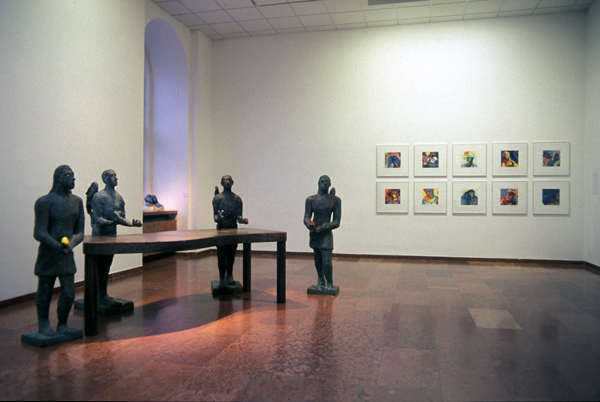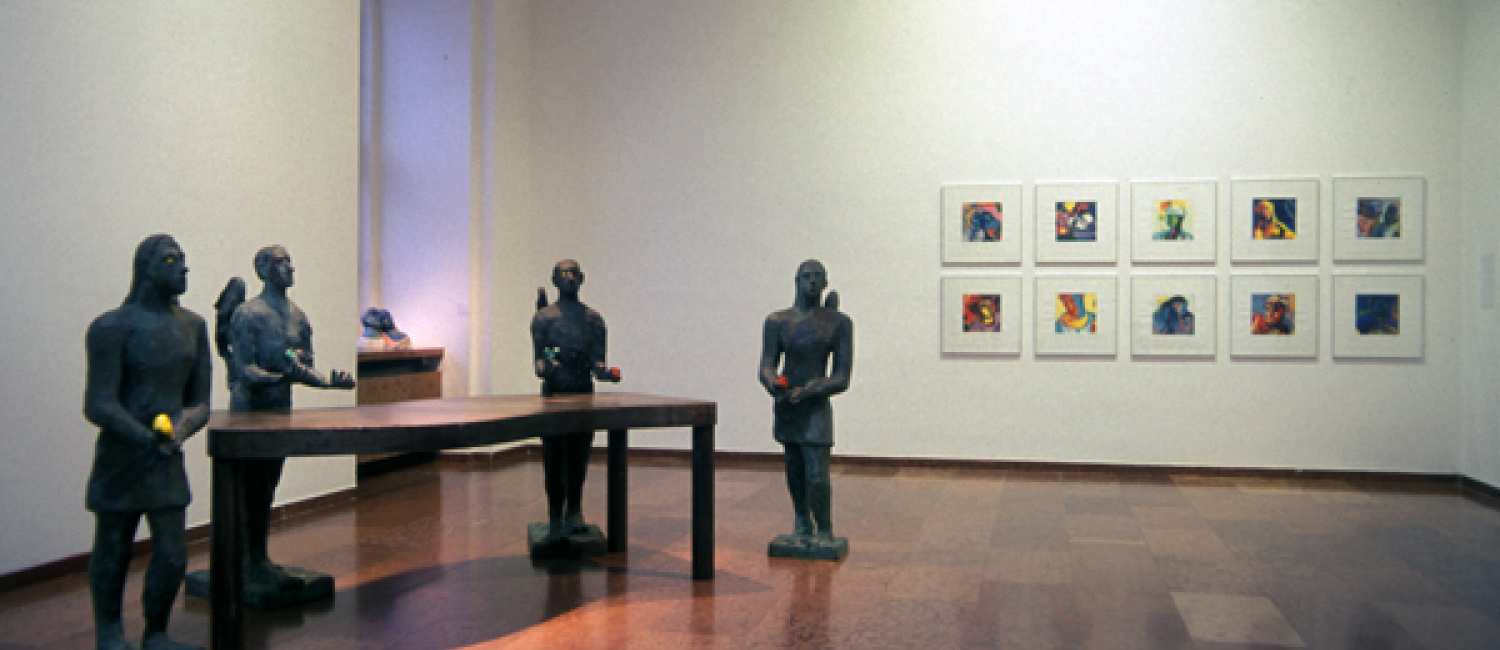One of the most interesting exhibitions of this rather transitional year is of Sandro Chia at the Ludwig Museum Budapest.
The works of many of his contemporaries, Italians and others, have been shown in Hungary at individual and group exhibitions, so it is time to introduce Sandro Chia too, who is a renowned artist but has never had an exhibition in Hungary.
Sandro Chia (born in 1946) belongs to a generation and group of Italian artists who were discovered and launched by the famous theoretician and critic, Achille Bonito Oliva, as the generation of the so-called transavantgarde movement. Under the ‘umbrella’ of the transavantgarde (late 70s and 80s) the artists aimed to form an individual language. Transavantgarde helped them to meet the audience, form their own artistic language, although one of the most characteristic features of this movement was returning to the figurative images. All members of the group have found their own style later on. Sandro Chia turned in another direction too, and his increasing fame was testified by numerous exhibitions in Italy, Europe and America.
The artist’s ‘travel in time’ is the major inspiration of the works on view at the Ludwig Museum Budapest: paintings influenced by the Ravenna Byzantine mosaics, invoking the old mosaic technique as well as the stable depiction of human figures. He uses mixed technique, employing painting and mosaics in the appropriate proportion. With these works (previously exhibited in Ravenna) he returns to an old technique, which flourished in Italy; demonstrating his ties to tradition while being a true contemporary artist.He does not abandon his way of expression based on experience gained in travels and longer stays in Italy, India, Turkey, Germany, and the US, as well travels in art history. In the creation of painting/mosaic and sculpture/mosaic he insists on his own way as he depicted man, who is problematic and full of contradictions and who has to face the reality created by himself.
The other group of works (shown at the exhibition in Trento, in September 2000) consists of drawings and paintings from the 80s, the artist’s ‘citationist’ period, accompanied by a couple of new works including bronze sculptures.
The exhibition at the Ludwig Museum Budapest is not comprehensive, but gives good examples of Sandro Chia’s recent activity, who is still one of the most important and interesting contemporary artists.
Zsuzsa Ordasi
The exhibition has been realised in collaboration with the Italian Ministry of Foreign Affairs and Giovanni Tiboni – Galleria Fabjbasaglia, Rimini

